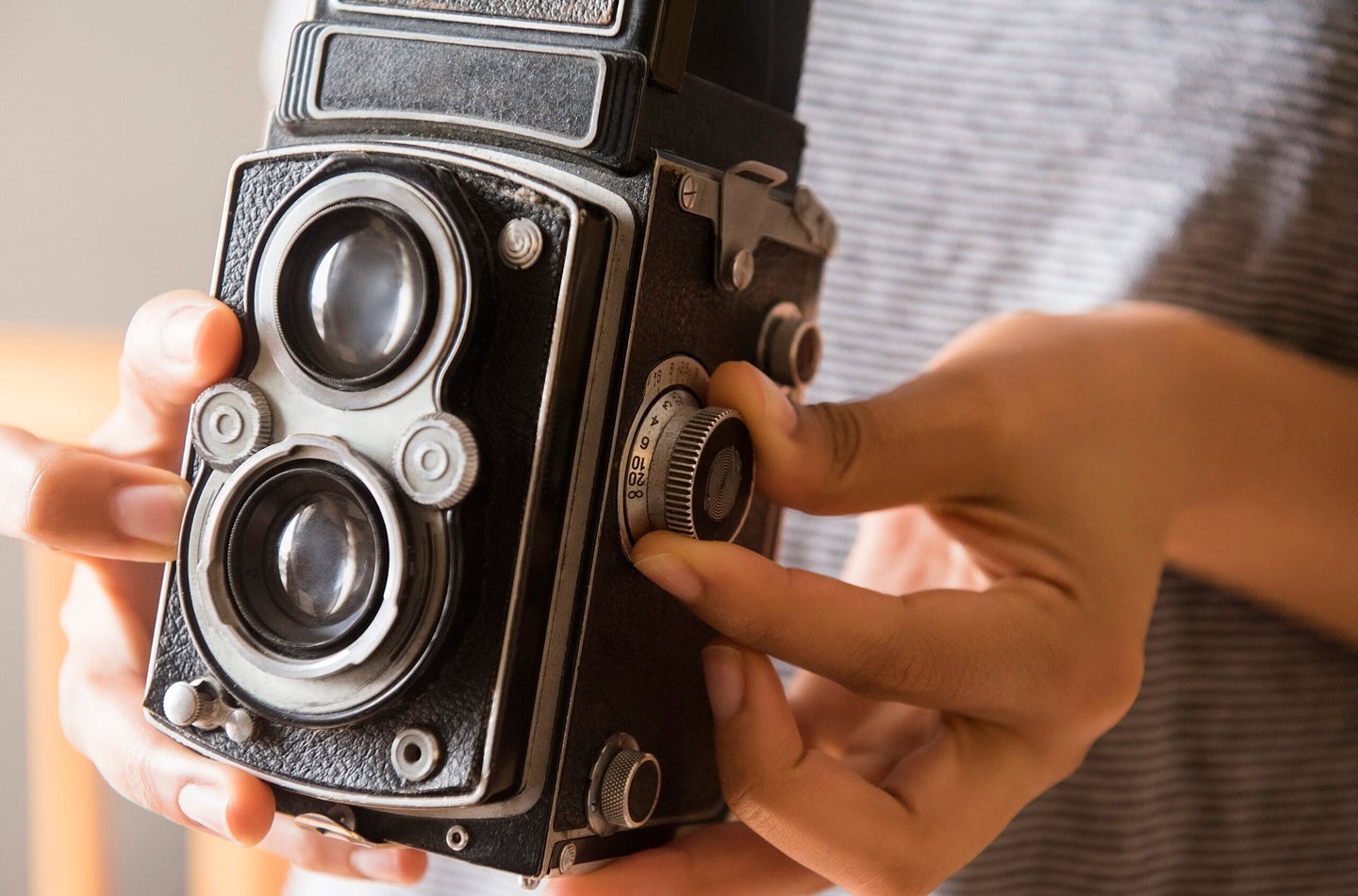It reminds me of the cameras in the early 1970s.
I had a workhorse Nikon F camera and several amazingly sharp primary lenses (zooms of that time were not very good). The ergonomics were excellent, image quality superb, and the versatility was amazing with a huge range of lenses with some ultra-fast lenses that allowed for low light photography.
But then Olympus came out with a reduced size 35mm single lens reflex that was well-received (though not much smaller than a standard 35mm SLR).
Efforts to reduce the size of the cameras continued, with Olympus producing a range finder (Pen F) and a half frame camera that was very compact but only used half of the frame per shot.
The then came Rollei with the Rollei 35 and the Rollei 35S. It fit in the palm of your hand, had extraordinary Zeiss optics, a super accurate Compur shutter, and a built in Gossen meter. And it was engineered by the unlikely manufacturer of world famous twin lens reflexes, which were notorious for be big, heavy and clumsy to use.
But the ergonomics were dreadful, it was difficult to hold steady and camera shake was an issue for many. It came with one lens that collapsed into the body for storage. A flash that mounted underneath the camera resulting in weird shadows on faces, and a camera case that permanently mounted on the wrist strap and would get in the way of some shots.
It had no focusing aids. You had to guess the distance from the subject and then turn the barrel of the lens until it aligned with the indicated distance.
It was fully manual (a requirement of mine), and you had to set the shutter speed, distance and f-stop manually.
Because it was difficult to hold steady, many owners relied on small tripods—negating the one superiority that it enjoyed. It became bulky and heavy with the little tripods.
I still have mine somewhere in the house. I have not seen it for probably 45 or 50 years, but I know I never sold it. It quickly ended up in my sock drawer. When I go to sell my house, I will find it.
It was a flawed concept from the beginning. When do you need a really small and really quiet camera? When you are taking surreptitious shots of people. But it came with a 35mm (or 40mm) semi-wide angle lens with a F3.5 maximum aperture. So not good for low light and not a focal length suited for candid photos. A 70mm - 85mm F1.8 would have excelled at that but would have been too bulky.
So you have a very small camera that is best suited for architectural images (with a tripod). So what was the compelling reason I bought one? The exquisite craftsmanship (maintained even after Rollei shipped manufacturing off to Japan—rumored to be assembled by Beseler-Topcon), the top of the world components and the feel of a really precise piece of equipment.
But it ended up in my sock drawer.
The Festool table saw will not fit in a sock drawer (but perhaps in one of the bottom drawers). I predict it will be relegated to the same disused category as the Rollei 35. But people will fondly remember how well-made and clever was the design.
The camera that made Rollei famous was the roll film (2-1/4” x 2-1/4”) twin lens reflex.



